Podcast: Play in new window | Download
Howdy there and welcome to Episode Two of One Stoplight to Success, New Homes. In this episode we learn what moving to College Station from a small town is like. Topics include Traffic, Construction, lack of space and finding a community. The Aggies talk about all the issues they ran into as they attempted to create a new home for themselves in College Station. I also have an incredibly insightful conversation with Katie Atkeisson about the differences between College Station, Dallas and her home town of Kerens.



One Stoplight to Success was inspired by my background growing up in Dallas, Texas. When I first came to A&M, three years ago, and saw how tiny it was by comparison, I went absolutely stir crazy. As insane as it may seem, I had never dreamed anyone could live in a town so small. It was like a cage to me compared with what I grew up with. Imagine my surprise when I then found out many of my fellow classmates told me College Station was akin to the big city for them. This changed my entire perspective and inspired me to learn as much as I could about these small town aggies. This inspired the idea for One Stoplight to Success. So come along as we talk about life outside the big city of College Station!
Listen to New Homes, Episode Two of One Stoplight to Success, on Spotify!


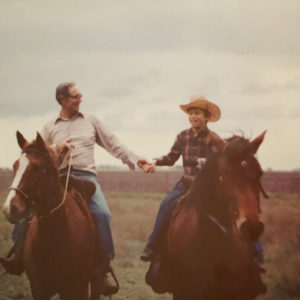
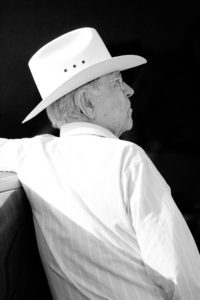
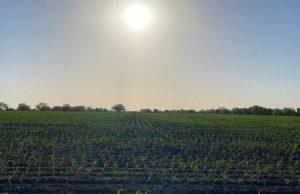
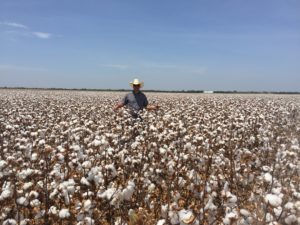 The operation currently produces corn, cotton, and grain sorghum. In addition, seasonal cover crops such as winter wheat are grown to enhance soil matter. Most of these products are sold or traded to make animal feeds and textiles. However, we use some of these products to feed the ranch’s livestock. The planting season for these crops usually begins in late February and spans until early May, ending just in time to prepare for summer harvest. This period is one of the most stress-inducing parts of the production agriculture process. The weather in these months can make or break a good crop.
The operation currently produces corn, cotton, and grain sorghum. In addition, seasonal cover crops such as winter wheat are grown to enhance soil matter. Most of these products are sold or traded to make animal feeds and textiles. However, we use some of these products to feed the ranch’s livestock. The planting season for these crops usually begins in late February and spans until early May, ending just in time to prepare for summer harvest. This period is one of the most stress-inducing parts of the production agriculture process. The weather in these months can make or break a good crop.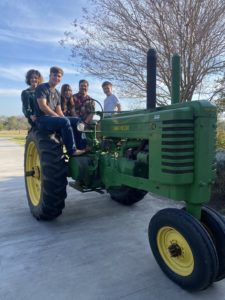 This episode is special to me, as it encompasses my life growing up. This is what made me who I am. So, welcome to the family! These are the roots.
This episode is special to me, as it encompasses my life growing up. This is what made me who I am. So, welcome to the family! These are the roots.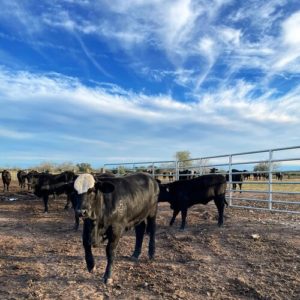 In 2021, 1349 Food and Fiber set out on a new venture, founding
In 2021, 1349 Food and Fiber set out on a new venture, founding 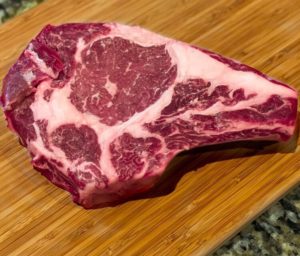
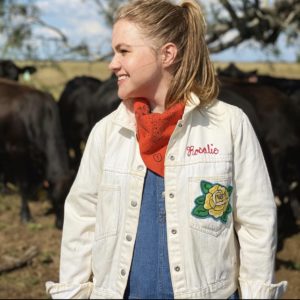 Joining us to talk about Raising ‘Em Right and the future of 1349 Food and Fiber is Rosalie Bonner. Rosalie is one of James Riggle’s granddaughters and curates all thing media and PR for RER. Although she is one of the pioneers of RER, Rosalie has not always been involved in the family business. She grew up in San Antonio, Texas, and later moved to New York City to work as an Account Director for advertising agency Droga5. When COVID-19 hit the United States in early 2020, Rosalie moved from New York back to her family’s land in Beeville. Although she moved back to New York in January, her work in the creation and execution of RER has been vital. Rosalie also provides a different perspective on the farm and ranch as a whole, bringing the bigger picture in.
Joining us to talk about Raising ‘Em Right and the future of 1349 Food and Fiber is Rosalie Bonner. Rosalie is one of James Riggle’s granddaughters and curates all thing media and PR for RER. Although she is one of the pioneers of RER, Rosalie has not always been involved in the family business. She grew up in San Antonio, Texas, and later moved to New York City to work as an Account Director for advertising agency Droga5. When COVID-19 hit the United States in early 2020, Rosalie moved from New York back to her family’s land in Beeville. Although she moved back to New York in January, her work in the creation and execution of RER has been vital. Rosalie also provides a different perspective on the farm and ranch as a whole, bringing the bigger picture in.